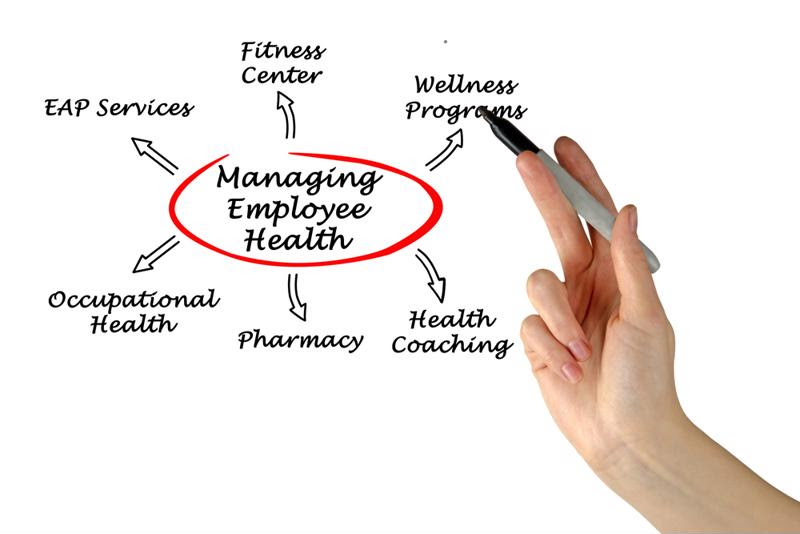Promote a culture of safety in the workplace
Implementing safety programs, whether mandated or aspiration-based, can be a difference-maker for organizations today. Employees at all levels must be on board with these changes.

Making health and safety part of company culture can help organizations thrive long-term.
These values don’t appear spontaneously. Influential employees in leadership and HR teams need to spearhead the issues, and every employee should be aware of the measures being implemented. No matter where you fit into the organizational framework, you likely have some role to play in making the workplace safer, whether that means drafting policies or simply carrying them out effectively.
Part of corporate responsibility
A company’s obligation to give its employees a safe workplace, and to look after their well-being in general, is part of its corporate responsibility, as Triple Pundit contributor Anna Johansson pointed out. Leaders trying to create conscientious businesses may wind up their efforts after working out programs for the local community and creating better conditions in the supply chain. Those two goals are valid, but so is the protection of the organization’s own personnel.
Truly attentive companies can look after their teams on a regular basis, folding this action into everyday operations. According to Johansson, this approach has been put to successful use by Japanese electronics giant Casio, which uses proactive health initiatives and screenings to boost morale and make employees more productive. This kind of approach to health and safety, with leaders actively engaging their workers, could promote the bond between company and employee, as well as directly impact well-being.
 There are many ways to keep employees healthy and safe.
There are many ways to keep employees healthy and safe.The importance of buy-in
Some industries are home to many workplace safety rules, and have no choice but to take action and protect their workers. These organizations shouldn’t take their programs for granted just because they are based on hard-and-fast rules, however. These efforts can and should be carried out with the same level of effort as optional and proactive safety campaigns.
The Society of Human Resources Management pointed out that when it comes to programs that are mandated instead of optional, companies should be sure to attain buy-in and engagement from the workers who are going to be subject to the plans. Such efforts are designed to keep them safe, but if employees feel no ownership over such plans, they may feel more like they are being forced into practices they don’t like or that were designed without respect for their abilities.
No matter what kind of health and wellness approach your company takes, this concept is important – a program implemented without buy-in and approval from the workforce in general seems bound to fail. Getting workers to follow along with processes which they understand will naturally be an easier process than strictly enforcing rules they don’t care about.
Learn to lead
Becoming a company with a greater health and wellness focus is a worthy goal for any organization today. No matter what role you play in this process, you’re going to need some training of your own. This is where the courses offered by MasteryTCN can help. With offerings covering a spectrum of workplace health and safety needs, including the process of creating a safety-first culture, these are essential learning tools for organizations trying to get on the right track.
When leaders know what to do, improvements to company culture can move forward. Processes such as choosing relevant initiatives and encouraging workers of all levels to get on board with these new programs are vital steps to take. Without them, safety improvements may be fleeting or fail to take hold.
Source